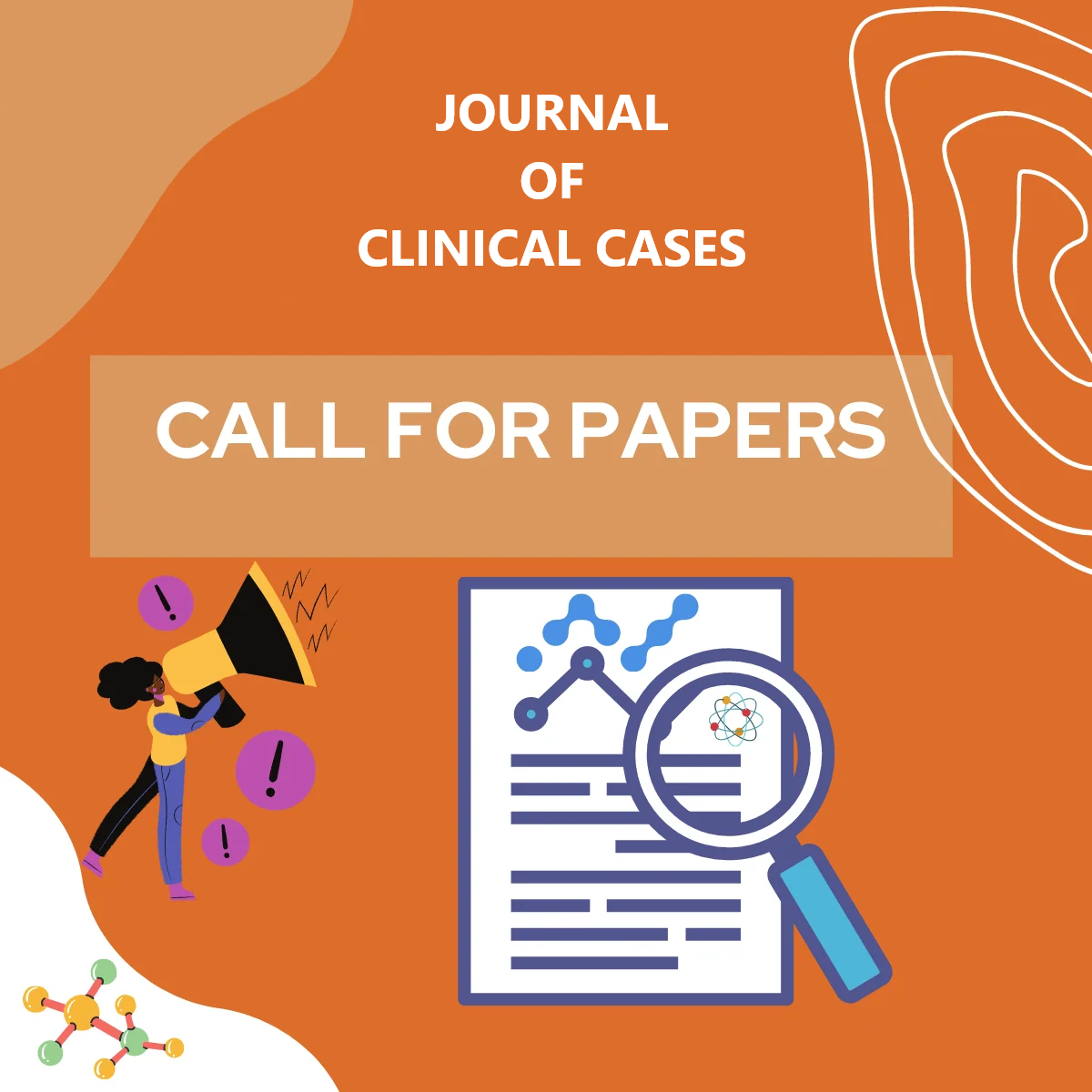Journal Citations
- Crossref
- PubMed
- Semantic Scholar
- Google Scholar
- Academia
- SCRIBD
- ISSUU
- Publons
- MENDELEY
Share This Page
Journal Page

Histopathological Study Of The Fibrotic Layer Of Hydatid Cyst In Camel, Cow And Sheep
Roshan ME
Department
Department of General Veterinary Medicine, College of Veterinary
Medicine, Islamic Azad University, Iran
Corresponding Author:Roshan ME
Published Date: 02 May 2023; Received Date: 12 May 2023
ABSTRACT
Hydatidosis or echinococcosis is one of the most important common
diseases between humans and animals.
1.1. Aim: Hydatid cyst is often caused by Echinococcus granulosus worm.
The closest host tissue to the cyst is the fibrous layer. The purpose of this
study is to investigate any differences in the fibrosis layer in the lung and
liver of ruminants.
1.2. Methods: For each of these three animals, 22 infected lung or liver
samples were collected from Tehran slaughterhouses during the months of
May to July 2022. A piece of one square centimeter was removed from the
fibrotic layer and also from the healthy tissue near the cyst. In the usual
process of section preparation, pathological observation was included.
Sections were observed and reported by a pathologist.
1.3. Findings: In total, 138 sections were studied pathologically. The
diameter of the cysts varied between 1.5-0.6 cm in camels and cattle and
0.5-0.2 cm in sheep. Most cases of sterile cysts were seen in cows. Fibrous
layer was present in all (100%) of the 66 studied samples. Necrosis was
observed in 20 cases (30.30%), including 12 cases in the lungs of camels,
6 cases in the lungs of cows, and only 2 cases, one in the lung and the
other in the liver of sheep. Only one case (1.52%) of granuloma was
observed in cow liver.
1.4. Conclusion: Differences were observed in the fibrotic layer of
hydatid cyst in cows, camels and sheep. In all 3 types of animals, the
rate of progression of the lesion was towards the formation of necrosis
and granuloma, and also, the frequency of these lesions had a significant
difference, which is due to the difference in the parasite strain, the host
type, and also the average age of these animals

